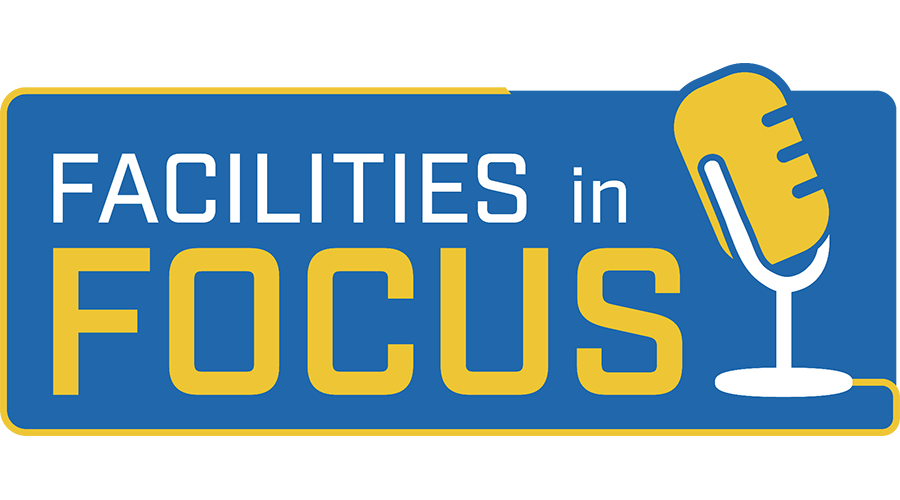SPONSORED
Siemens - Branded Feature
Removing Roadblocks to Digital Efficiency
Untitled Document
By: Jamie Lee, Global Product Manager, Siemens Smart Infrastructure USA
As the world emerges from COVID and buildings become active again, facility managers are entering an exciting era of digital connectivity and efficiency. Increasing demand for digital solutions, from cloud-based software to intelligent building automation solutions, is fueling the global facility management market’s expansion from $42.2 billion in 2021 to $76.3 billion by 2026.(#1)
For facility managers, digital connectivity means greater access to data and more operational transparency and efficiency. While the digital future is bright, several roadblocks stand in the way of many organizations achieving true efficiency. For instance, closed proprietary systems, misidentified data and poor reporting mechanisms inhibit efficiency and growth. How do you avoid them? Here are five requirements for a building automation system (BAS) that can ensure your success by easily and securely capturing data and analyzing your building’s operations from anywhere.
- An open BAS allows for flexibility
A truly “open system” is open at multiple levels. The first level, found in many non-proprietary systems, includes open protocols that can seamlessly connect with a variety of disparate systems and interfaces, including APIs. The next level includes systems that are commercially open, meaning they meet open procurement guidelines and are available through a variety of distributors. A third level of openness is when the system can be used through the Internet. Can you access your system and do everything you need to do through a web browser? Can you work without plugins or any additional software, while being miles away? A truly open building automation system allows you to address facility problems over the Internet without leaving your location, field office, or home.
- Efficient integration
Digitalization promises to provide unlimited accessibility to our systems and data. But at what cost? Having an open system is not always enough. Your BAS also needs to be able to integrate older and newer systems easily, without requiring costly engineered solutions. For many organizations, the high costs of integrating systems presents a barrier to operational efficiency.
- Standardized data
As our systems become more connected, we rely on ever more data to make better decisions. However, if your data is misidentified, or is not tagged and organized in a standardized manner, you will be working with incomplete information. Standardizing data allows your system to compile it correctly and give you a complete, accurate picture of every situation.
- Visualization
We can collect all the data in the world, but it is of no value if we cannot fully understand it. Data needs to be visualized so it can tell you a story at a glance. A BAS that can visualize information will lead you to make well-informed decisions in an organized manner.
- Scalability
The digital world demands flexibility. A BAS needs to be scalable to respond and adapt to your needs. A BAS that cannot scale up or down is inefficient and will limit your organization’s opportunities, minimizing its value.
The Renasant Way
One organization that met all the requirements for digitalization is the Renasant Convention Center in Memphis, Tennessee. Built in 1974, the facility has a 118,000-square-foot exhibit hall and a recently completed $200-million modernization. Working with integration expert E|K Automation, Renasant’s management team installed the Desigo Optic open building management software. Renasant’s goal was to seamlessly connect old and new HVAC and mechanical equipment and systems with new drives and controls.
A truly open system, Desigo Optic provides simple and seamless system integration with other systems and is commercially open. Built on FIN 5, an openly distributed software framework with open-protocol standards, Desigo Optic can easily and seamlessly integrate with open-communication protocols such as BACnet, Modbus, Haystack API, OPC UA and KNX, among others. It significantly reduces engineering and integration costs and provides the Renasant team access to the cloud, allowing team members to see and respond to data from anywhere, easily and securely.
According to the Renasant facility management team, a significant benefit is the structure Desigo Optic gives to the facility’s data. Desigo Optic automatically applies standardized tags to data using the built-in Haystack 4 semantic tagging system. Haystack 4’s standardized structure makes data interoperable and enables real-time insight into system operations. Haystack semantic tagging can increase integration speed by 33%.
What the Renasant Convention Center team appreciates most is how easy it is to see, understand and act on information. They have access to Desigo Optic’s unique dashboard and data visualization tools. The tools provide a greater level of visibility into equipment performance at the large central plant, which encompasses three chillers, 16 boilers, primary and secondary pumping systems, as well as dozens of air handling units and hundreds of VAV boxes. The Renasant team can bring its whole BAS into Desigo Optic for a detailed view of all its building operations. And the Desigo Optic dashboard allows operators to visualize data and make decisions to optimize building performance from one screen or “one pain of glass.”
You can gain the full benefits of digitalization and connectivity by choosing a BAS that meets the five requirements of digitalization for facility systems. Choose a system that is open on every level and is easy to integrate, that standardizes and visualizes data, and that is fully scalable. As a result, you can expect to see significant productivity gains and cost savings on an ongoing basis.
To learn more about a building automation system that meets all these requirements, visit Desigo Optic here.
#1. From the report: Facility Management Market by Component (Solutions (IWMS, BIM, Facility Operations and Security Management) and Services), Deployment Mode (Cloud, On-premises), Organization Size, Vertical (BFSI, Retail), and Region - Global Forecast to 2026, published by MarketsandMarkets Research Pvt. Ltd








